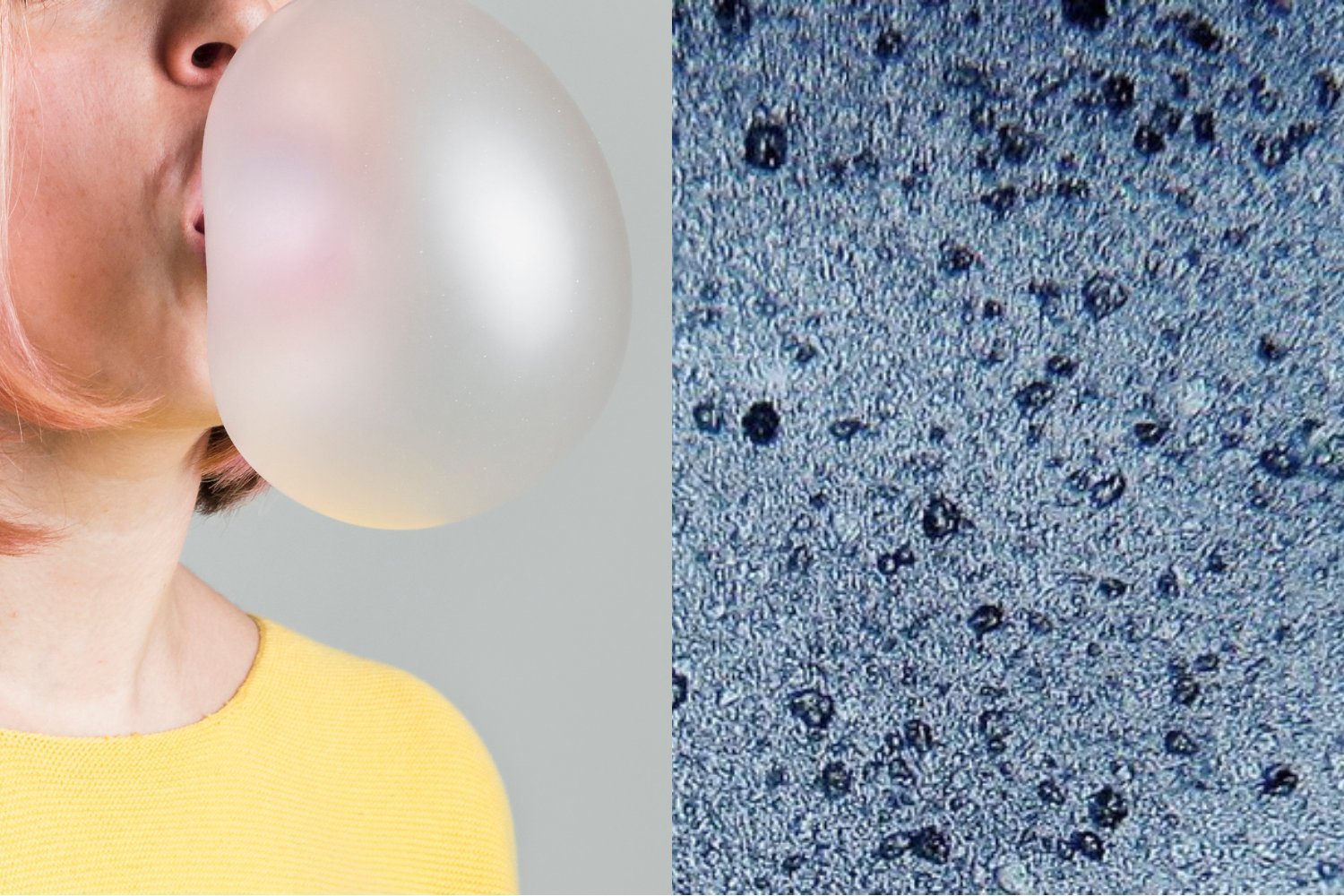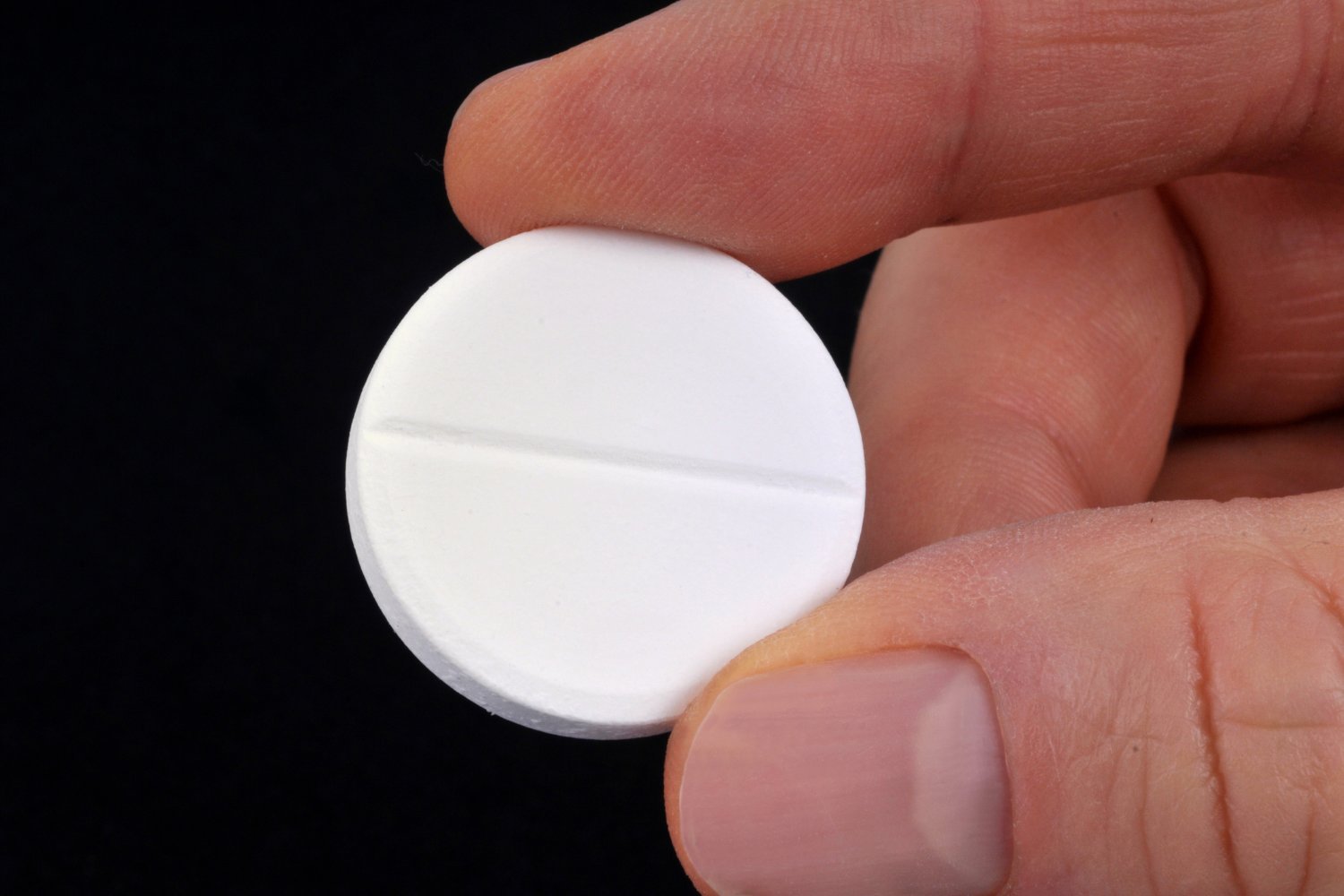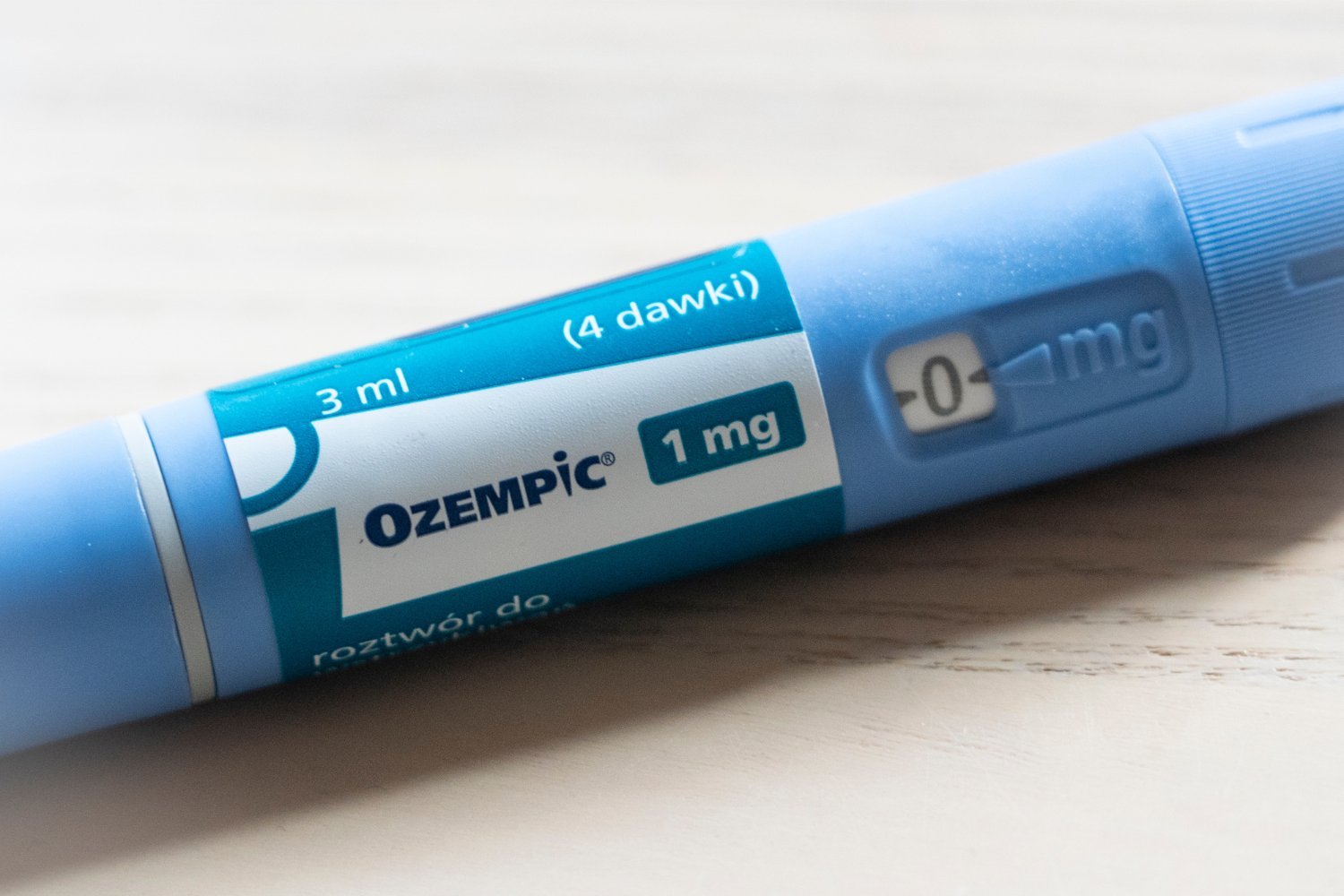Chewing gum, a seemingly innocuous treat, has recently been identified as a potential source of microplastic ingestion. A pilot study presented at the American Chemical Society (ACS) spring meeting reveals that chewing a single stick of gum can release hundreds, even thousands, of microplastics into our saliva, ultimately leading to ingestion. This adds to the growing list of everyday products contributing to our microplastic intake, a concern given the ubiquity of these particles in our environment and even within the human body.
Microplastics: An Emerging Health Concern
The presence of microplastics has been documented in alarming locations, from the depths of the Arctic ice to human blood, testicles, and brains. This pervasive pollution has even been considered a marker of a new geological epoch. While the long-term health effects of microplastic ingestion are still being investigated, scientists are increasingly concerned about potential risks. Previous studies have already linked microplastics to various health complications, underscoring the need for further research into this emerging threat.
Chewing Gum and Microplastic Release: The Study
Researchers at the University of California, Los Angeles, sought to quantify the microplastic release from chewing gum. Their study tested ten commercially available gum brands – five synthetic and five natural. To control for variability, a single participant chewed seven pieces of each brand, and saliva samples were collected at different time intervals. The microplastics in the samples were then measured using microscopy and Fourier-transform infrared spectroscopy.
Surprising Findings: Synthetic vs. Natural Gum
The results revealed an average release of 100 microplastics per gram of gum. Surprisingly, both synthetic and natural gums released similar amounts of microplastics, containing the same types of polymers. The researchers found that 94% of the microplastics were released within the first eight minutes of chewing, suggesting the abrasive action of chewing, rather than saliva breakdown, is responsible for detaching the particles.
Estimating Annual Microplastic Ingestion from Gum
Some gum brands released up to 600 microplastics per gram. Based on estimates of annual gum consumption ranging from 160 to 300 sticks per year, a person could potentially ingest between 30,000 and 60,000 microplastics annually from gum alone. Importantly, the study only detected microplastics larger than 20 micrometers, indicating that the actual number could be significantly higher.
Beyond Ingestion: Environmental Impact
Furthermore, the microplastics released into saliva represent only a fraction of the total plastic content in gum. Discarded gum continues to contribute to environmental plastic pollution, highlighting the need for responsible disposal practices.
Conclusion: A Call for Awareness
While further research is needed to determine the precise health effects of microplastic ingestion, this study underscores the importance of awareness regarding microplastic exposure from everyday products like chewing gum. Responsible disposal practices and considering alternatives to chewing gum can help minimize both personal and environmental exposure to these pervasive pollutants.











